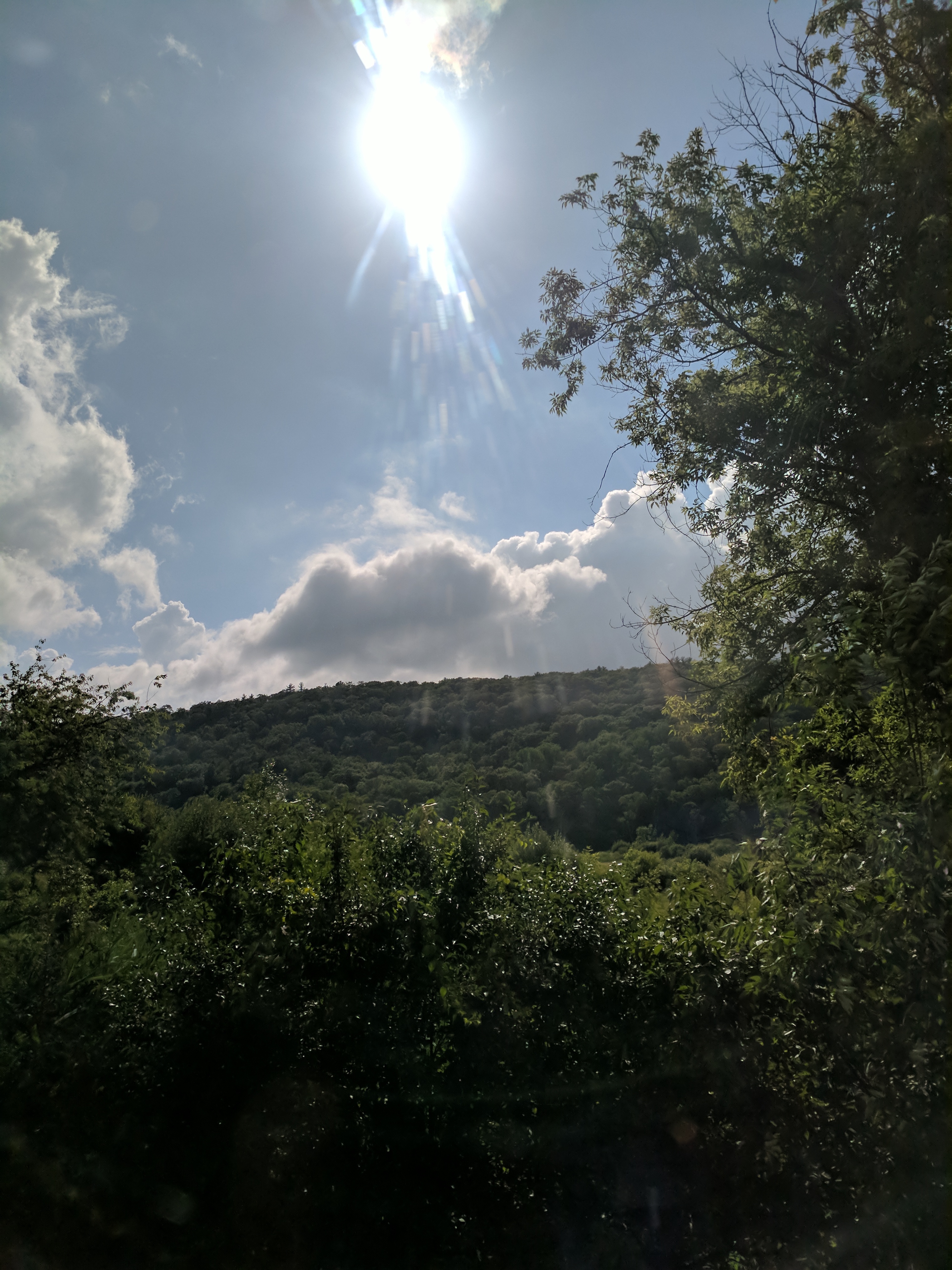So the gestural tools we have to work with are symbols, pointing, beats and icons. In addition, we will have the ability for all participants in a conversation to see the results of their gestures, perhaps as glowing lines floating in the air.
As we think about how to use our gestural tools, it is important to remember that we are not trying to replace verbal speech, but rather to augment it. The situation is somewhat analogous to having a conversation at a whiteboard. As each participant speaks, they draw pictures that help clarify and expand upon the meaning of their words.
One key difference is that if you have a computer in the loop, then the lines you draw can spring to life, animating or changing shape as needed. You are no longer stuck with the static pictures that a whiteboard can provide.
For example, if you are trying to convey “this goes there, then that goes there”, you can do better than just draw arrows — you can actually show the items in question traveling from one place to another. Which means that if you are trying to describe a process that involves asynchronous operations (for example, a cooking recipe), your visualization can act out the process, providing an animated representation of the meaning that you are trying to convey.
So how do we use symbols, pointing, beats and icons to make that happen? That’s a topic for tomorrow.
